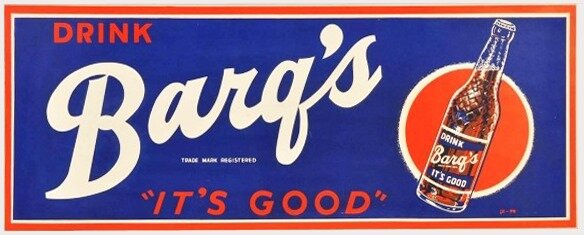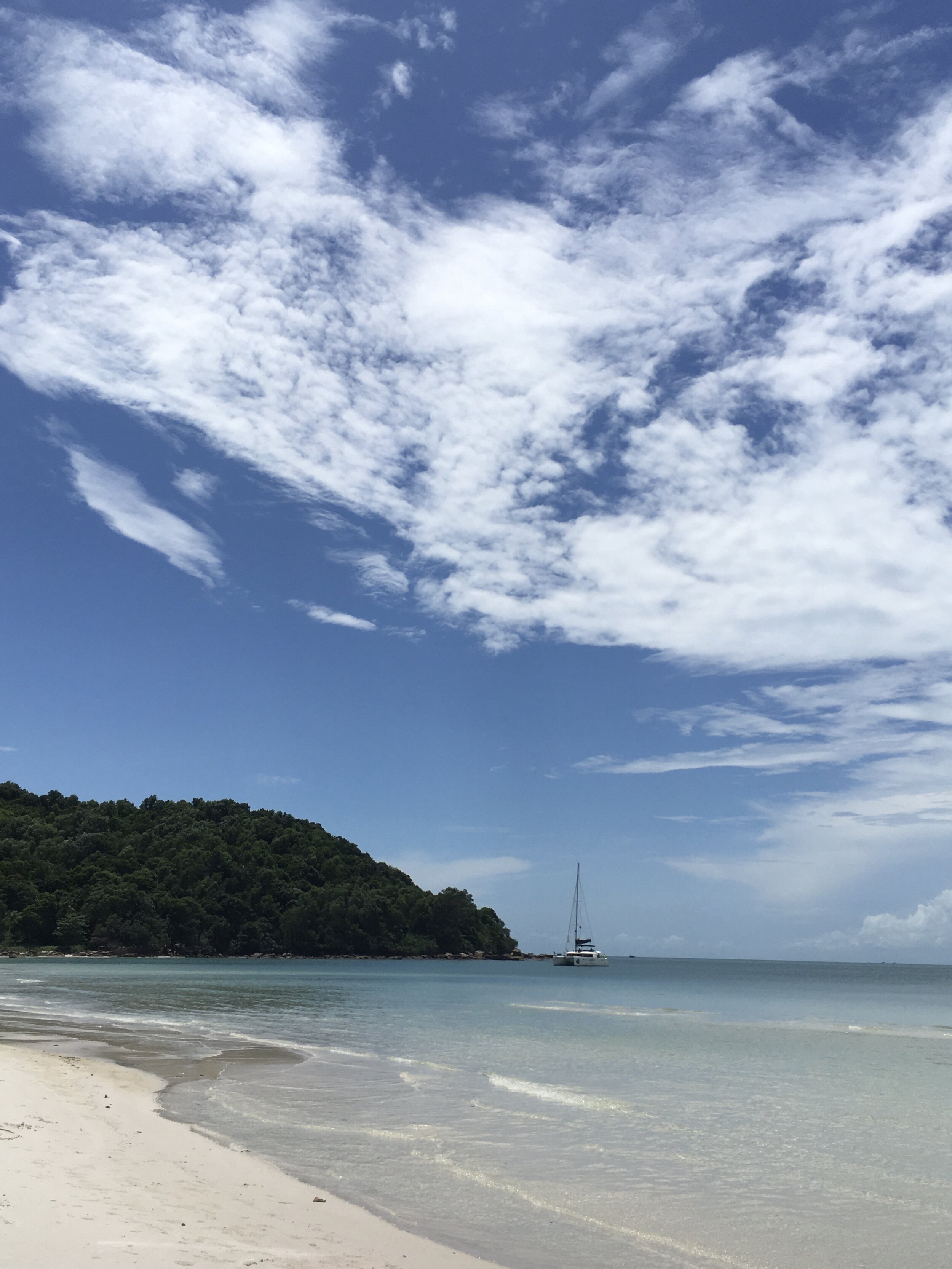In a short time, I’m going to run a half marathon across a beachside city in central Vietnam. While I realize 21 kilometers is nothing too extreme, this will be, for me, uncharted territory. I have many questions about what this will feel like, how it will go, what my time will be; this is to say, then, that I’m taking things somewhat lightly. I signed up at the last minute, which means in sum I’ll have had 5 weeks to get match fit. I’m in pretty good shape, but I’m not running as much as I used to. One way to fix this, I suppose, is to sign up for a race and buy some plane tickets. Anyway, I’m trying to keep busy this summer and see more of Vietnam, so this jaunt seems a worthwhile endeavor.
It’s been a strange journey getting ready for the Quy Nhon half, due in no small part to the fact that Saigon is not an excellent place to train for a long race. The weather is fine, sure, but there are many factors which make it pretty inhospitable. So I’m hoping that breathing some fresh air, unencumbered by never-ending traffic, hot pipes, and crowded sidewalks, will make the whole thing seem, if not fun, then pretty relaxed. What I’ve learned so far is this: 2 hours is a pretty long time to run. It’s not so much the physical strain that has presented me with issues, but rather fighting boredom and the desire to go too fast from the onset to the tune of 120-bpm Norwegian disco. Nevertheless, I’m trying to self-correct and look on the bright side. (This brief training period has, thus far, been a great opportunity to get more into the work of James Taylor.)
Thom Jones once wrote that, in boxing, trying to be the best is a fool’s errand; there’s always going to be somebody bigger, tougher, and faster than you. But there’s something kind of freeing in a pursuit where you know that there’s a lifetime of work or study between you and expertise. This feeling used to discourage me, though these days I’m doing my best to embrace it. Running is one of these activities for me. Until pretty recently, I wasn’t even in the habit of wearing running-specific shoes to put up semi-serious miles. I’ve rectified this, and I hope my knees will thank me down the line. I have the same feeling of qualified optimism about writing, cooking, learning Vietnamese language and history, and more.
So, back to running and James Taylor. The half marathon will set off very early in the morning, at something like 5:30 am. This takes care of my number one fear, which is the summer Vietnamese sun. Aside from that, it seems the route leads though the city and over the massive Thi Nai Bridge around sunrise time, and will have me done by roughly 8am. Is that too early to have a beer? Alright, let’s not get ahead of ourselves. Hopefully, at the end of it all, I can spend the rest of the day checking out some of Quy Nhon’s beaches and eating Bánh xèo with some extra miles under my belt.

























